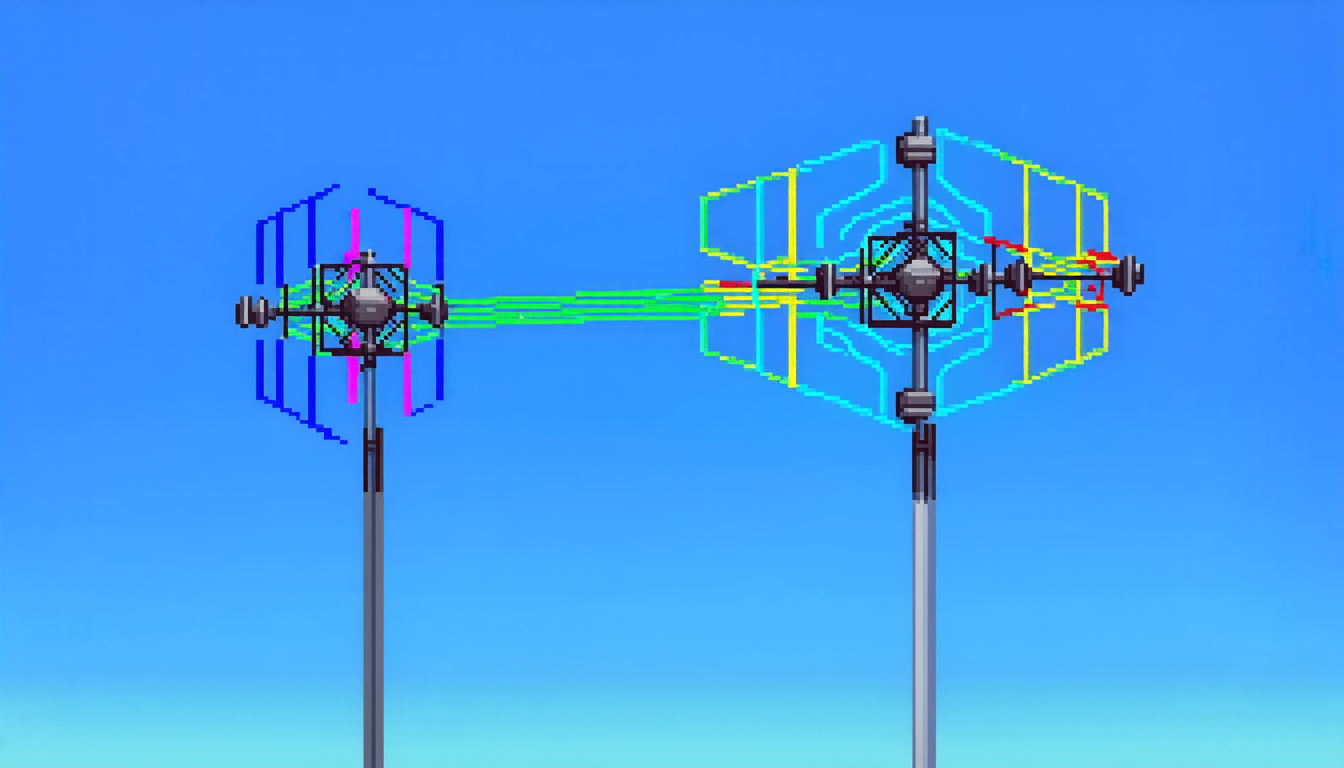Sunday 02 February 2025
The quest for more efficient wireless communication systems has led researchers to explore innovative signal detection methods. In a recent breakthrough, scientists have developed a novel approach that combines Hamiltonian Monte Carlo (HMC) simulations and t-distribution mixture priors to achieve near-optimal performance in massive multiple-input multiple-output (MIMO) systems.
The traditional approach to MIMO signal detection relies on complex algorithms that can be computationally intensive. However, as the number of antennas and users increases, these methods become increasingly inefficient. To address this challenge, researchers have turned to HMC, a Markov chain Monte Carlo algorithm that is well-suited for exploring high-dimensional spaces.
The new approach uses a mixture of t-distribution priors to model the signal distribution, which allows for more accurate estimation of the transmission signals. The HMC algorithm then explores this complex space using a combination of Hamiltonian and Langevin dynamics. This innovative method has been shown to outperform conventional approaches in terms of detection performance, particularly in high-order modulation systems.
One of the key advantages of this approach is its ability to capture multimodality in the posterior distribution, which is essential for accurate signal estimation in complex environments. The researchers have also demonstrated that their method can be extended to handle coded scenarios with low-density parity-check (LDPC) codes and turbo codes, achieving near-optimal performance in these challenging situations.
The potential impact of this research is significant, as it could enable more efficient and reliable wireless communication systems for applications such as 5G and beyond. By reducing the computational complexity of signal detection algorithms, this approach could also pave the way for widespread adoption of MIMO technology in a variety of fields.
In addition to its technical merits, this research highlights the importance of interdisciplinary collaboration between computer scientists, engineers, and mathematicians. The development of this innovative signal detection method required expertise from multiple domains, demonstrating the power of cross-disciplinary research in driving innovation.
As wireless communication systems continue to evolve, researchers will likely build upon this breakthrough to develop even more sophisticated methods for signal detection and estimation. The potential for further advancements is vast, and the possibilities are endless.
Cite this article: “Efficient Wireless Communication Systems Through Novel Signal Detection Methods”, The Science Archive, 2025.
Wireless Communication, Mimo Systems, Signal Detection, Hamiltonian Monte Carlo, T-Distribution Mixture Priors, Massive Mimo, Markov Chain Monte Carlo, Signal Estimation, Low-Density Parity-Check Codes, Turbo Codes.






